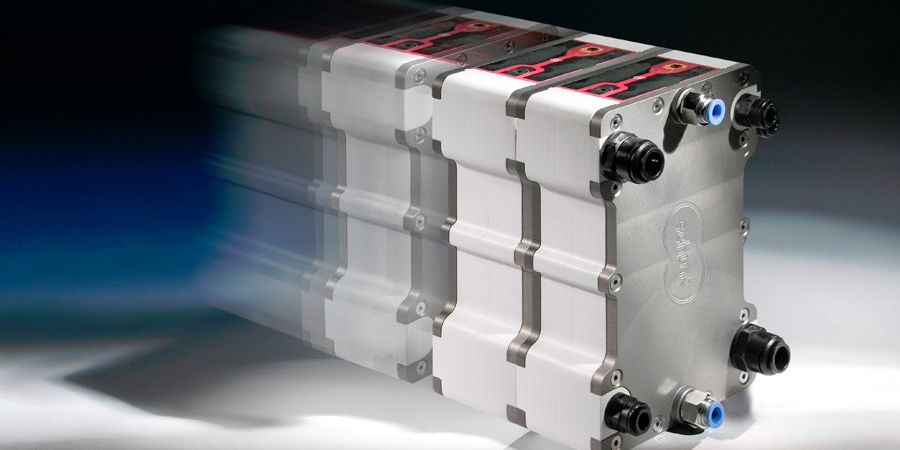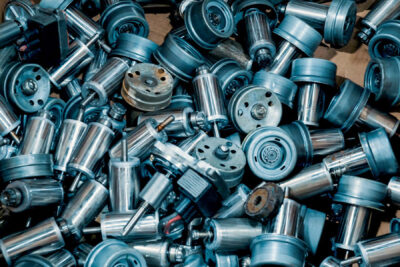VW testing procedures for cheaper fuel cell production
A new procedure, developed by Volkswagen in cooperation with the US American university at Stanford, is set to significantly reduce costs for the production of fuel cells. Particularly, the amount of platinum required has been reduced, resulting in a significant cost reduction.
The high production costs for fuel cells still present one of the biggest market entry barriers for the technology. Platinum remains one of the heaviest contributors towards the cost, acting as a catalyzer to power the fuel cells. The material is spread in particle-form onto carbon powder. The process itself only takes place on the surface, however, which wastes a significant amount of the precious metal.
The new procedure by the researchers from VW and Stanford addresses this point exactly. During the manufacturing process, the platinum atoms are directly applied to a carbon surface, creating particularly thin particles. The process is a modified atomic layer deposition (ALD). This allows the material reduction of platinum to a bare minimum, as well as increasing the efficiency of the fuel cell catalyzers by three times over the current standards, as well as increasing the lifetime of the technology.
Prof. Friedrich Prinz from Stanford is convinced that the process will provide “enormous” opportunities to reduce costs in production. Next to the fuel cell manufacturing, a variety of other processes could benefit from the procedure. For example, lithium-ion batteries of the next generation could implement the process. The next step, according to Volkswagen, will be to adapt the lab results to a large scale serial production.





0 Comments